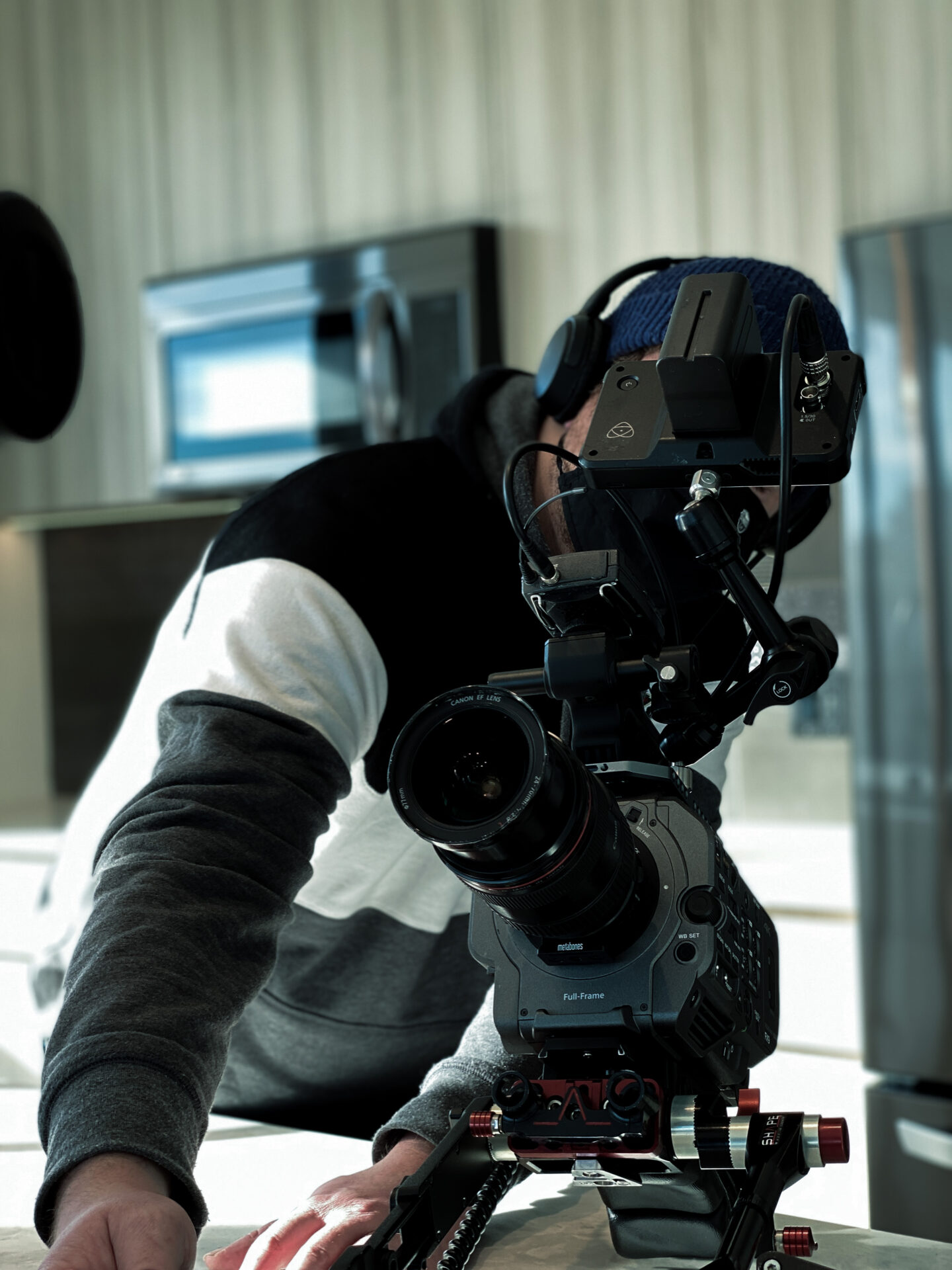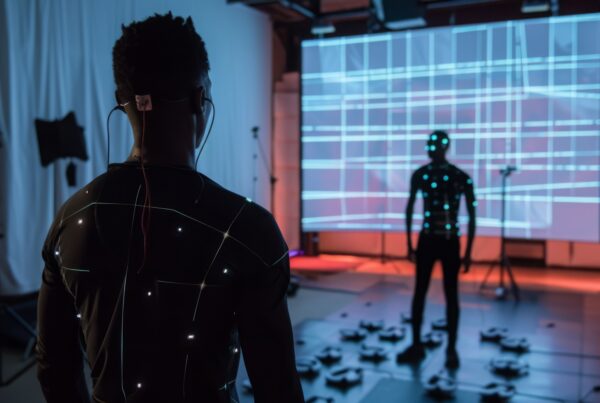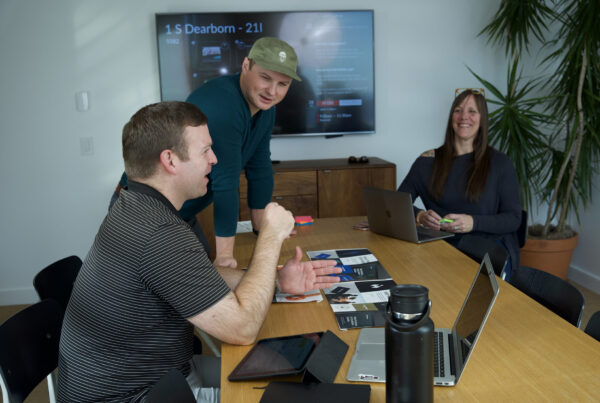When you think about the business training videos you’ve seen, the words “trendy” or “enthralling” probably don’t come to mind. Everyone knows that training videos can get a little stale, especially when their creators have other things to be doing besides making videos. Unfortunately, this can result in lower than desired productivity when employees miss key learning points. Here’s how to create training videos that are both engaging and educational.
How To Create Training Videos That Resonate
While there are a wide variety of training videos in the business world, there are a few tips that can be applied to most situations. Because the goal of a video is to educate, it should be as understandable as possible. Generally, if a tip or technique makes understanding a concept easier, use it. If it doesn’t, don’t.
1. Keep It Brief
Educational material should always be brief. Modern workers are especially prone to distraction, and minutes of unnecessary content are sure to lose your audience before you can get your message across.
Depending on your industry, essential concepts can either be simple or extremely complex. Whenever you think a concept is too complicated to explain in a single segment, consider splitting it into multiple parts. Using several explanatory methods — for example, visual, auditory, and textual — simultaneously can also help to keep your message brief.
2. Harness the Power of Animations
Because animations are drawn artistically, they can simplify even extremely complex subjects. Whether you want to create training videos for an experienced crew of auto mechanics or a brand new force of guitar techs, animations can cut cross-sections of solid objects, making them easier for viewers to visualize in their minds.
Even if you don’t have anything particularly technical to explain, animating can be a great alternative to using paid actors. Since you won’t have to scout for talent or locations, this can actually help you save on costs. Since animated scenes aren’t tethered by the laws of physics, they can cut material costs while allowing for an artistic vision that traditional training videos often lack.
3. Add Annotations
Sometimes, it just isn’t possible to say everything you need to say using only actors or narrators. Other times, complicated terms reappear from earlier, and audiences need to be reminded of their importance. This is where annotations come in.
4. Rehearse Your Script
The business world is full of scripts that simply never got enough critical attention. When you create training videos, your script should sound as natural as dialogue in a book or movie. While neither books nor movies sound exactly how people speak in real life, they also don’t sound manufactured and clunky.
To avoid producing an awkward script that distracts from the content of your video, have your staff earnestly rehearse it before recording. While your project doesn’t have to win an Oscar, it should convey your message clearly.
5. Feature a Relatable Speaker
Though it’s perfectly acceptable to present a narrator as a disembodied voice, showing your speaker can be comforting, as the human brain is accustomed to learning from others. Revealing your narrator during appropriate segments of your video can give your audience a concrete figure to relate to and learn from. If your narrator has any special credentials in your industry, be sure to include them. This improves your video’s credibility.
6. Create Training Videos for the Uninformed
As with business writing or any other informative media, training content should be aimed at the most uninformed of viewers. While you likely hired your staff because their resumes indicated prior experience and expertise, every employee is different. Because everyone is likely to have had unique strong and weak points in their education and previous work experiences, you should always assume your audience doesn’t yet have expert knowledge in your industry.
7. Use Minimal Visuals and Lighting
Everything about an educational video should serve the purpose of getting your message across. This includes your visuals and lighting. Since anything, including a busy background, can distract from your message, you should simplify everything you can before starting your shoot. If you have actors speaking, have them stand in front of a plain wall. If you have separate narration, feature only visuals relevant to talking points.
Of course, if an actor is explaining how some item in the physical world works, feel free to include it. Similarly, if additional text, backgrounds, animations, or images help with understanding, allow them.
While lighting can be tricky to get right, it’s one of the most basic and essential parts of any video shoot. The best lighting setup is a three-point system that provides light from all directions except those that would backlight your speaker. This prevents obvious and distracting shadows from cropping up.
Because high-quality video cameras are capable of accommodating extremely strong lighting conditions, your set lighting may seem excessive when you see it in person. Don’t worry, it’s normal for new videographers to feel this way. A lot of light is fine. Insufficient light isn’t.
8. Review, Collaborate, and Edit
Any time you create training videos, you should go through a full post-production process. Though you don’t have to spend all of your company’s resources on your video, you should seek feedback from experts and knowledgeable colleagues.
If you were deeply involved in your production process, you likely developed certain biases toward your finished product. Since you’ve seen your video through from the very beginning of the creative process to the end, you have likely ingrained it into your mind completely, including all of its faults.
Often, all it takes to uncover such shortcomings is an informed watcher or “beta viewer.” After a brief collaboration, you’ll likely have a solid picture of all the additional edits you need. After one or two more rounds of testing, you’re done!
If you’ve been struggling to create quality video material for your business, you aren’t alone. Video production takes experience and technical expertise. Whether you need to create training videos training videos that resonate or ads that boost traffic, MatchPoint Studio can help you through the process. Reach out today.
Sources:
https://www.youtube.com/watch?v=xQA3d-KLx44
https://www.techsmith.com/blog/how-to-make-great-training-videos/
https://www.techsmith.com/blog/how-to-make-great-training-videos/#effective-engaging
https://www.techsmith.com/blog/get-perfect-lighting-video/





